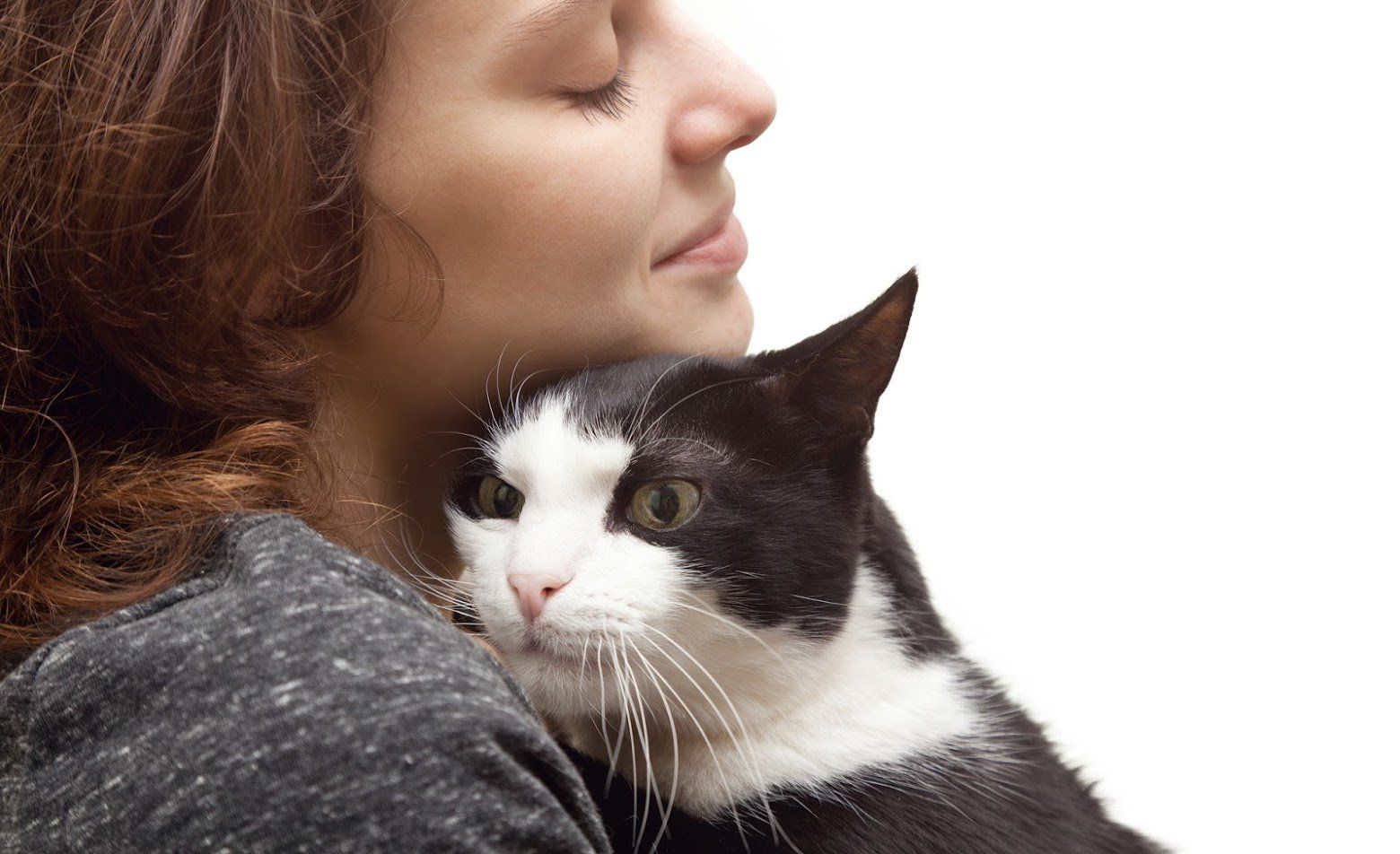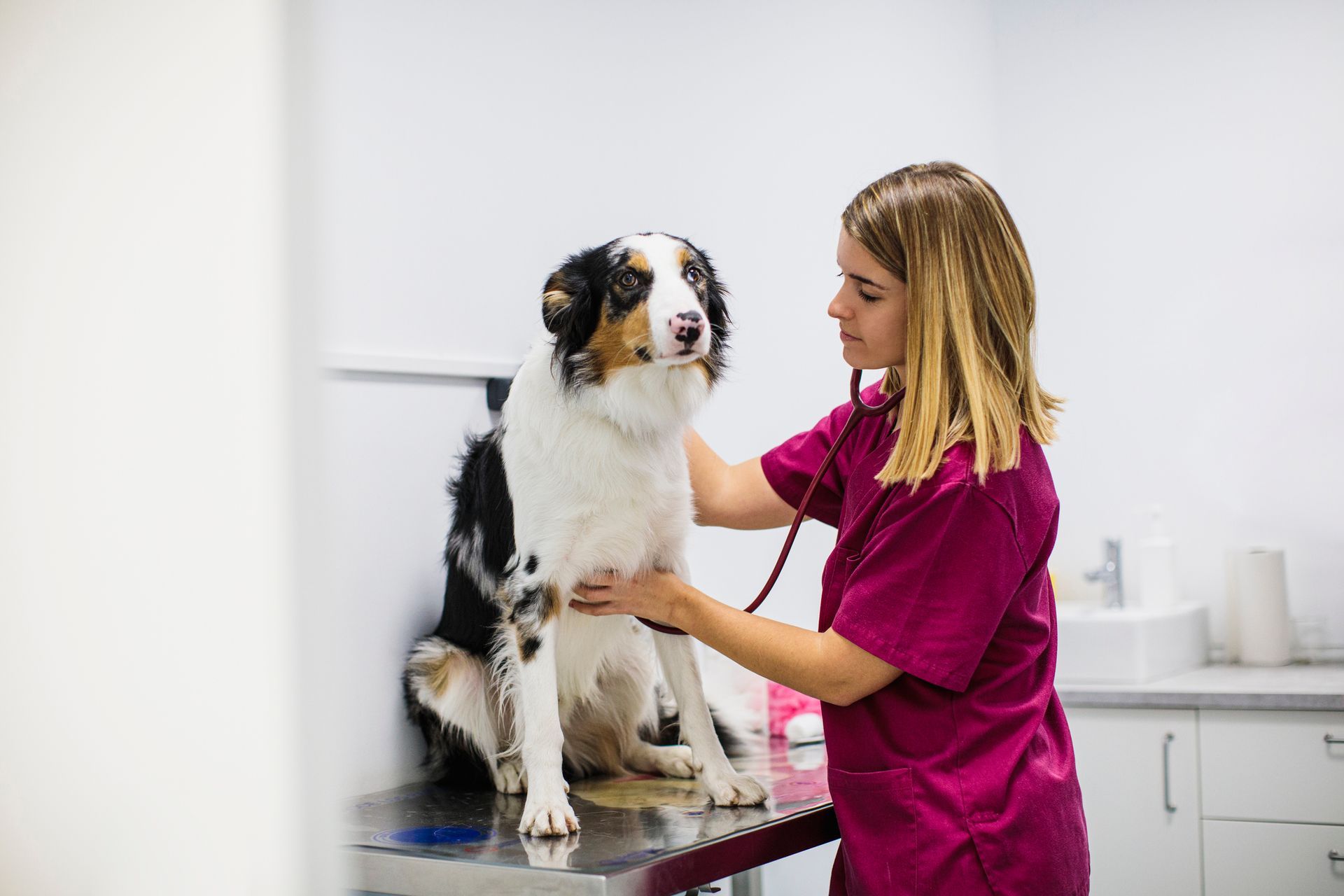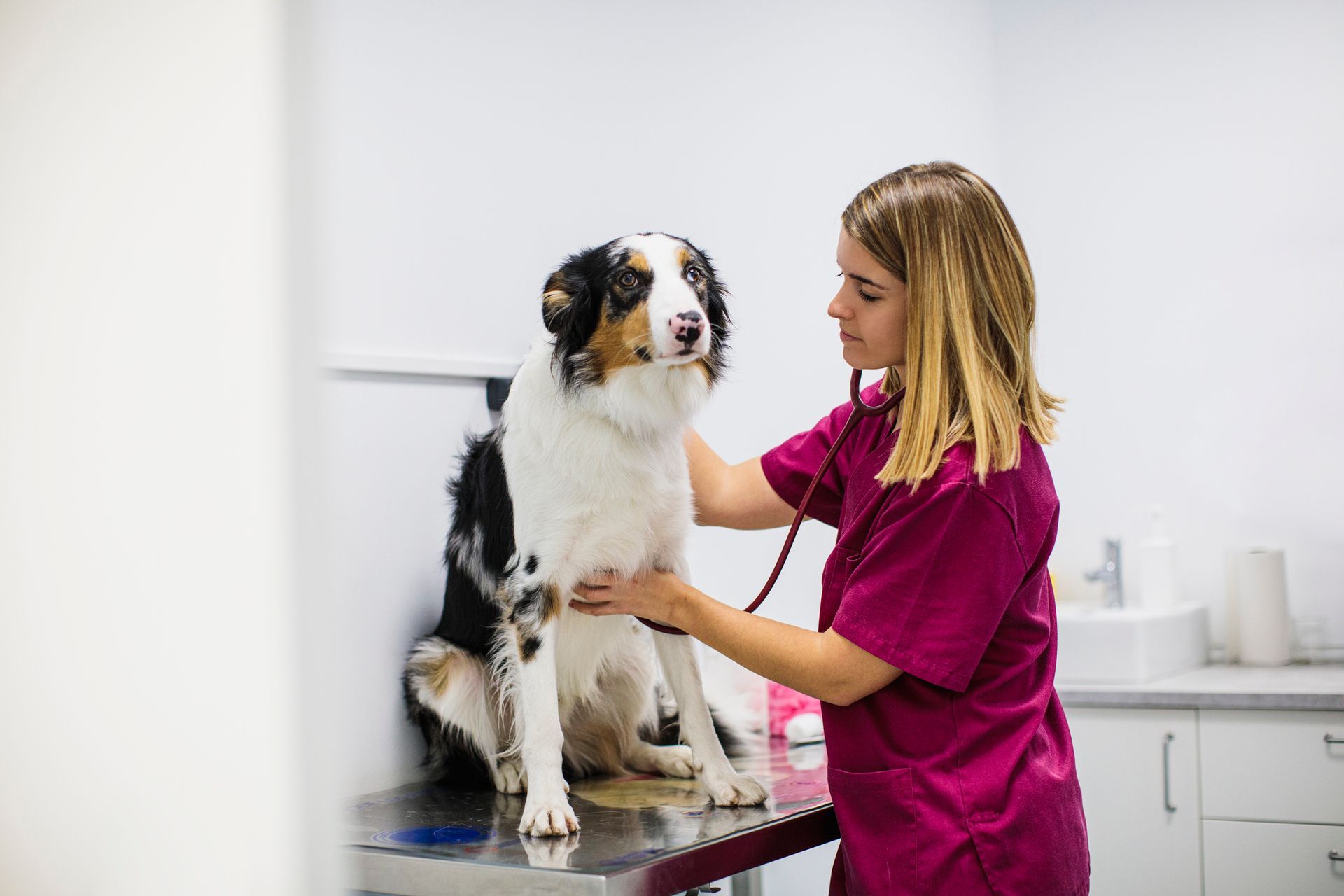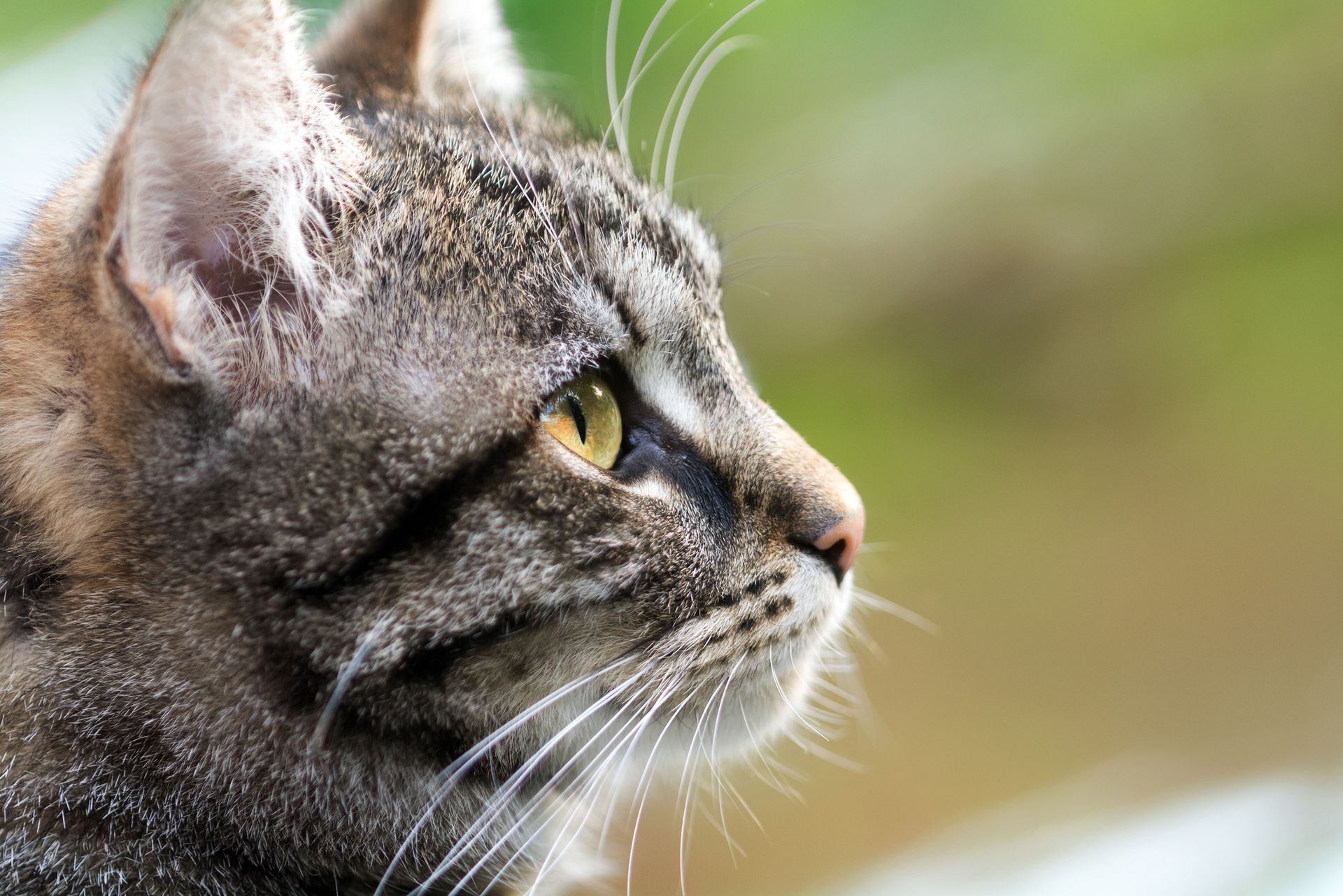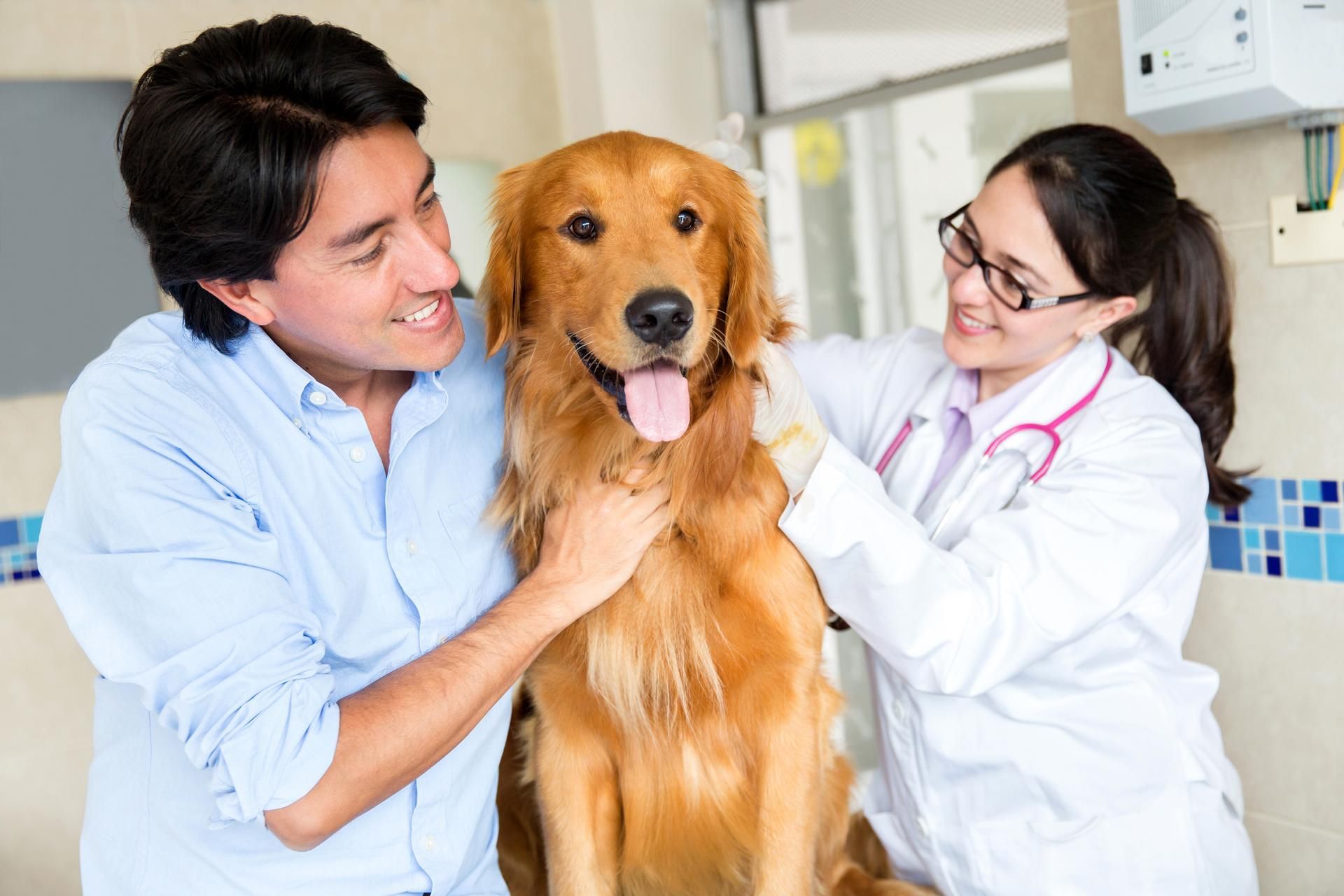Microchipping Your Cat: What You Need to Know
If you just got a cat, you may need to take him or her into a veterinarian for spaying/neutering and vaccinations. During these early appointments, you should also microchip your cat so you can find him or her more easily if he or she gets lost or runs away. If you adopted your cat from a shelter or breeder, he or she may already have a microchip. Your vet can use x-rays or scanners to check for previous microchips.
Read on to learn a little bit more about microchipping.
How Do Cat Microchips Work?
Microchips use radio-frequency identification (RFID) technology. If your cat is returned to a vet or shelter, that organization can scan the microchip to get an ID number to get in touch with you.
Your privacy is protected with microchipping; microchips do not expose your home address or phone number like collar ID tags. Instead, the microchip is registered to a manufacturer's database so that the company or vet can contact you if your cat is found.
Why Is Microchipping So Beneficial?
Microchips can last your pet a lifetime since they are made of biocompatible materials, and the average cost for a microchip is only about $45 . This investment is quite valuable when you realize that only 2% of cats without microchips are reunited with their families. However, if your cat has a microchip, that percentage jumps to about 38%!
While you may think that a collar with tags will suffice if your cat gets lost, keep in mind that tags can fall off. Also, a lot of vets recommend breakaway collars that unsnap with a lot of force. If your cat is choking, being dragged by another animal, or stuck somewhere outside, a breakaway collar could save its life. If your cat's collar comes off, you can rest assured that your cat could still be located with a microchip.
Additionally, a large percentage of the cat population in the U.S. is obese, and about half of all cats in their middle to older years are not in their ideal weight range. A lot of owners let their cats outside now and then so they can roam and get adequate exercise to avoid problems linked to obesity. So if your cat is microchipped, you will have better peace of mind if you let your cat out in the yard to exercise.
Even if your cat is not an outdoor cat, a microchip can be a lifesaver if your cat escapes outside. Cats like to stalk and mark territory, so it can be tempting for even well-trained cats to slip out a door and explore.
What Does the Microchipping Procedure Entail?
Your cat does not need to be put under anesthesia to be microchipped. Microchipping is similar to a blood draw or a vaccination. Your vet will implant the microchip underneath the skin with a syringe —usually in loose skin between your cat's shoulder blades.
The microchip is only about the size of a grain of rice, so your cat will only feel a small pinch when the microchip goes in.
If your cat is incredibly anxious or sensitive, then your vet may recommend that he or she be microchipped while already under anesthesia for another procedure, like spaying/neutering.
Your cat needs no healing period after the microchip is in place. Your cat may be a tad sore in the injection site, but he or she can go home and resume its usual schedule. The microchip will start working immediately after insertion.
Do Any Side Effects Exist?
Microchipping is very safe and considered to be a low-risk procedure. However, you should educate yourself on possible side effects.
For example, some cats do lose some hair after the microchip injection. The site may also have temporary swelling. Some cats develop an infection at the site, but your vet can prescribe medications like antibiotics to eliminate the issue. If the microchip just is not compatible, it can be safely removed by your vet.
Microchips can sometimes migrate to other areas under the skin after insertion, so have your vet check the microchip's location at regular visits. If the microchip has moved, your vet may opt to insert a new microchip near the shoulder blades so that if your cat gets lost, he or she can be found more easily since that is usually the spot where microchips are scanned.
Microchipping has been linked to tumors in small portions of the animal population. However, studies involving cancer-causing tumors have mainly been found in mice ; causation between microchips and cancerous tumors has not been found in cats and dogs.
Because the side effects of microchipping are rare and minimal, the pros often outweigh the cons. Contact us at South Seattle Veterinary Hospital for more information on microchipping or emergency medical services for your cat. We look forward to seeing you and your feline family member.


